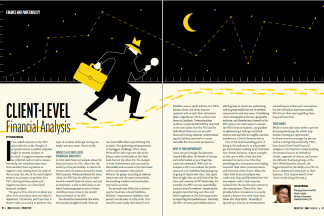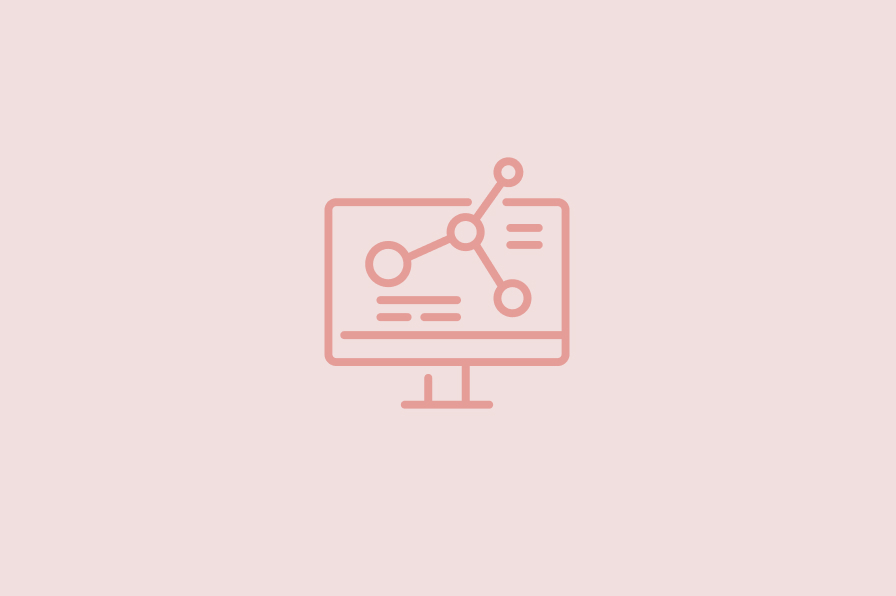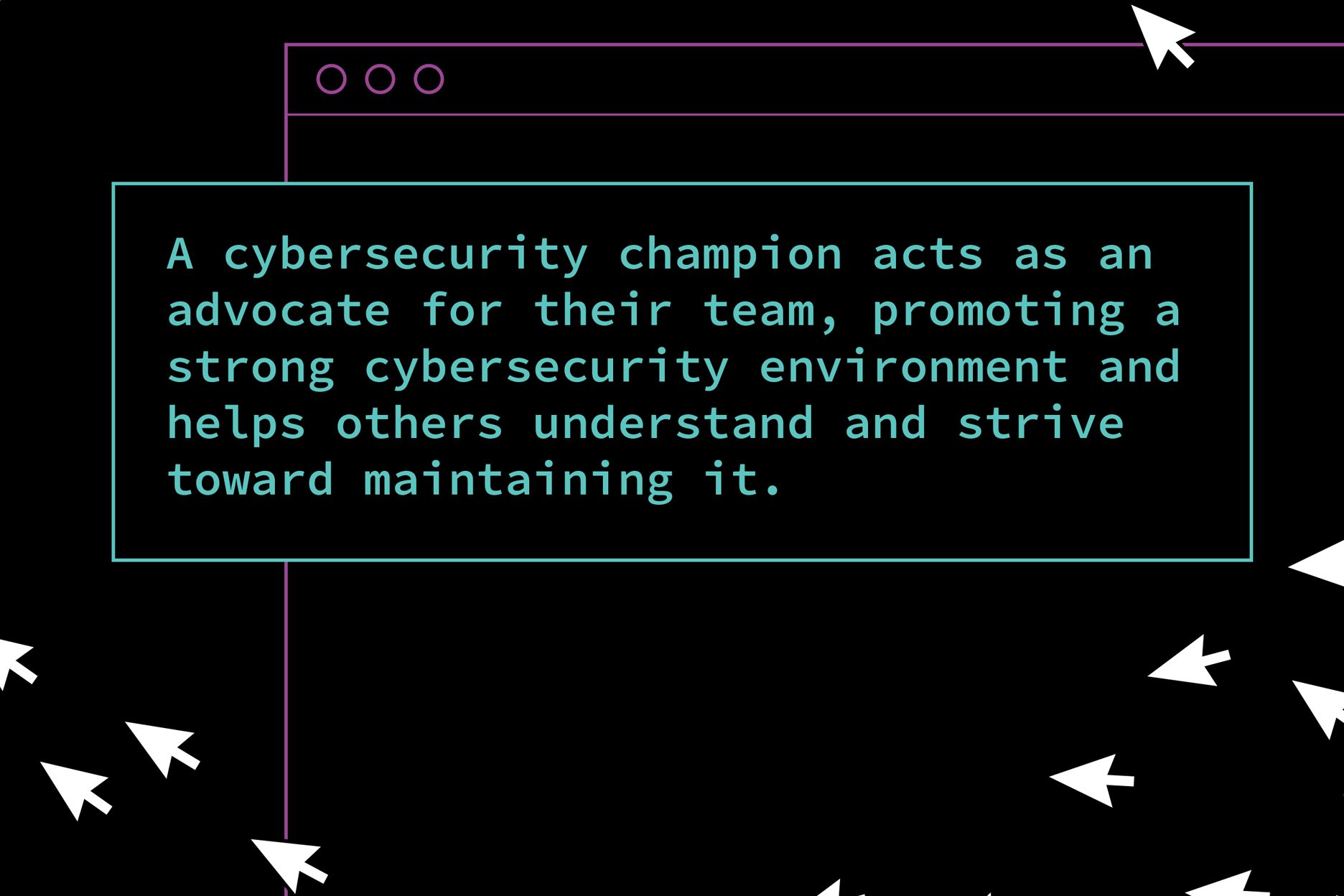It was only a few years ago when ‘AI’ sounded like something that would take your job, claim your corner office, and then schedule a meeting to explain why. Fast forward to today, artificial intelligence is not just a sci-fi buzzword—it is part of the payroll process, client communications, compliance tracking, and nearly every function inside a modern PEO.
But with great automation comes great responsibility.
As professionals in the PEO space, we are uniquely positioned at the intersection of business and people. That means embracing tools that make us more efficient—without losing the human touch that our clients depend on. The challenge is not whether to use AI, but how we use it wisely, ethically, and strategically, without accidentally turning into a robotic call center in the process.
Let’s explore the balancing act.
EFFICIENCY: THE TEMPTING LURE OF AI
Let’s be honest. AI is a time-saving dream. From onboarding workflows that auto-fill employment documents, to chatbots that answer routine HR questions faster than you can say “FMLA,” there is no denying its value.
In our world, where client service is king (and sometimes queen, court jester, and accountant), tools that reduce errors, speed up processing, and make compliance feel less like walking a legal tightrope are invaluable.
AI is already helping PEOs:
- Streamline payroll with predictive algorithms
- Flag potential compliance issues before they turn into penalties
- Provide 24/7 support for clients through intelligent chat assistants
- Analyze trends in benefits usage or employee turnover
Done right, AI enhances what we do, allowing our teams to focus on higher-level strategy and client relationships. It is like having a really smart intern who does not need coffee breaks.
BUT THEN THERE’S… THE PEOPLE
Here is the kicker: We are not just in the business of employment services…we are in the people business. You do not win long-term clients with an auto-generated email or a generic response that starts with, “Based on your recent inquiry…”
Clients want to feel heard. They want to know that someone is truly looking out for them. And let’s face it, when someone is dealing with a delicate HR situation—like a termination, harassment claim, or workers’ comp injury—getting a response from “HRBot_3000” is not going to cut it.
In the race toward automation, we can’t forget that what sets us apart is the ability to offer real, thoughtful, and personal support when it matters most.
THE SWEET SPOT: AUGMENT, DON’T REPLACE
So, what is the right mix? The key is using AI to augment our human abilities, not replace them.
Here is what that can look like:
AI as a First Responder: Use AI tools to handle repetitive or simple requests—resetting passwords, checking PTO balances, reminding employers about I-9 deadlines. But make sure there is always a clear path to a human for anything more nuanced.
Data-Driven Decisions, Human-Led Discussions: AI can identify trends (example, unusually high turnover in one department), but it should be your HR professional who sits down with the client to unpack why it is happening and what to do about it.
Empathy Cannot Be Automated: No matter how advanced your AI is, it can’t deliver bad news with grace, navigate a heated conversation with diplomacy, or build trust over time. That is our lane, and it is not going anywhere.
TRAINING YOUR TEAM TO WORK WITH AI
Implementing AI is not just a tech project; it is a culture shift. If your team sees AI as a threat, you will get resistance. If they see it as a partner, you will unlock its real value.
Some quick wins:
- Host regular training on AI tools, focused not just on how to use them but why they matter.
- Reassure staff that AI is here to take tasks off their plate—not their jobs.
- Encourage employees to flag moments where the “personal touch” was needed, so you can continually refine what should be automated vs. human-led.
ETHICS & GUARDRAILS: DO NOT LET THE BOTS RUN WILD
As we adopt AI tools, we also must be conscious of their limits. Just because a system can make a decision does not mean it should make it.
AI systems can carry biases (especially if they are trained on flawed data), and missteps in automated decision-making, especially in HR, can land a company in hot water. Think automated resume screening that inadvertently filters out entire demographics, or AI-driven “productivity tracking” that ignores context and nuance.
The PEO industry is already held to a higher standard. Our clients rely on us to be trusted partners. That means putting thoughtful guardrails in place and regularly reviewing AI systems to ensure fairness, accuracy, and compliance.
FUTURE-PROOFING WITH A HUMAN CORE
Here is the good news: the future of AI in the PEO industry is bright, but it is not replacing us anytime soon.
The firms that will thrive are the ones that leverage automation to amplify their humanity. That means spending less time on paperwork, and more time solving problems, giving guidance, and being that steady hand on the wheel when clients hit turbulence.
At the end of the day, technology evolves, but relationships endure.
Let’s build a future where our clients get the best of both worlds: the speed and precision of AI, and the heart and insight of a trusted advisor.
FINAL THOUGHT (BECAUSE I CAN’T RESIST)
AI can calculate payroll deductions in milliseconds, draft handbooks in minutes, and send reminders without blinking. But it still can’t laugh at your client’s bad jokes. (Well… not sincerely.) So, here is to keeping the bots in the background—and keeping our humanity front and center.
-
SHARE
- Copy to clipboard



